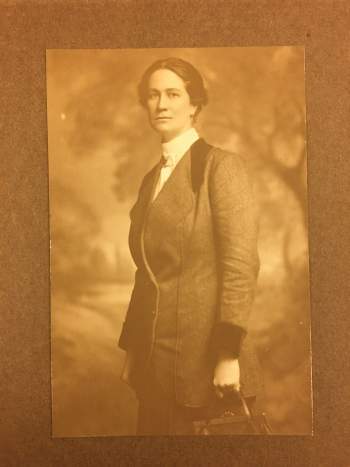






Further Exploration
- Chronology of the Smithsonian Institution Building
- Bibliography of the Smithsonian Institution Building
- Historic Images of the Smithsonian Institution Building
Related Collections
- Smithsonian Institution Building Records from the Smithsonian Institution Archives
- Historic Picture Highlights of the Smithsonian Institution Building from the Smithsonian Institution Archives
- Additional Records and Collections of the Smithsonian Institution Building Across the Smithsonian
Other Resources
- When the Castle Stood Alone, Smithsonian Mobile Castle Highlights
- Mr. Smithson Goes to Washington: And the Search for a Proper Memorial, Online Exhibit About the Smithsonian Institution Building by Smithsonian Institution Architectural History and Historic Preservation
- The Children's Room in the Smithsonian Institution Building: Knowledge Begins in Wonder, Online Exhibit by Smithsonian Institution Architectural History and Historic Preservation
- Stereoviews of the Smithsonian Institution Building: The Castle, Online Exhibit by Rick Stamm, Smithsonian Institution Architectural History and Historic Preservation.
Nid: 6346


